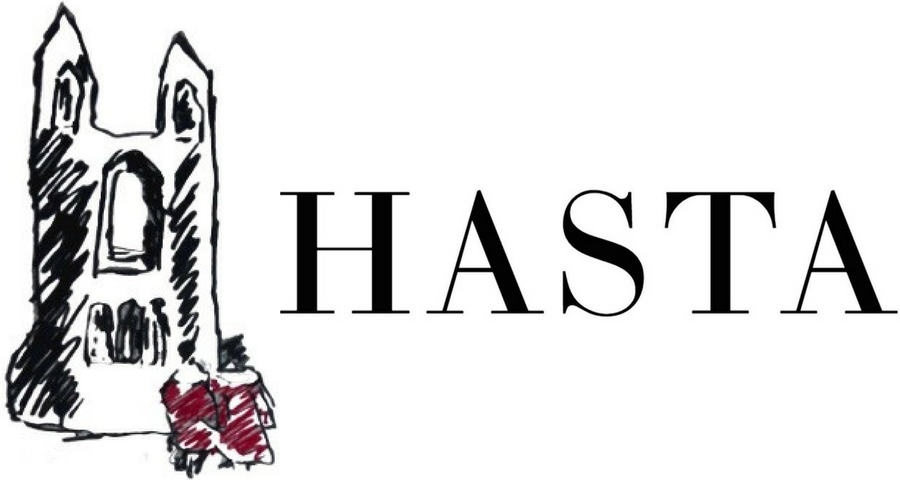Cy Twombly, 1928-2011
By Annabel van Grenen
Untitled, 2005, acrylic on canvas
Cy Twombly’s marrying of antiquity with the modern through scribbles and his intermingling of phrases and words earned him a fruitful artistic career spanning around 60 years. Born on the 25th of April 1928, he studied at the Museum of Fine Arts in Boston and had his first major exhibition at the Stable Gallery in New York in 1955. However, he spent the majority of his life residing in Italy. With Renaissance and Baroque works galore, he perpetually references them in a myriad of his paintings such as in his School of Athens (1961 and 1964) after Raphael's masterpiece. Having this artistry at his fingertips provided him inspiration for not only the title of his paintings but the very essence of them, metamorphosing them through a modern vernacular.
Bacchus was a series created from 2003-2008 amongst which Untitled (2005), pictured above, was the largest, measuring 3.25m high and 4.94m wide. The viewer is confronted with a simple yet powerful work on a huge scale. The genesis of the series lies with the Roman god of wine and harks back to several of Twombly’s previous works through his inclusion of his circular motifs and his returning to the same source of inspiration as he did for Dionysus (1977) and Bacchus (1981). By carefully manipulating a pole with a brush attached to it, Twombly depicts these sweeping and warp-like loops which aggressively monopolize the entirety of the canvas. They weave and overlap erratically in a dynamic, gestural and frantic conglomeration of intense vermillion, contrasting the cream of the canvas. Due to its monumentality, the work demands the involvement of the artist’s whole body, alluding to Jackson Pollock’s participatory methods and employing Twombly’s physical and mental attention. This physicality combined with Twombly’s association with Bacchus assimilates the rituals of Dionysus with the tradition of painting, transforming the act of putting brush to canvas into a spiritual and all-encompassing ceremony.
Abstract and vague, the imagery and narrative of the painting is unclear. Does the powerful dripping red paint represent blood? Does the colour represent wine? Or perhaps both? Jon Bird suggests that “the coloured line might suggest both the flow of life blood, but also its draining away” and he reminds us of the reckoning at the conclusion of a Dionysiac ritual, confronting the viewer with themes of death and brutality. Twombly frequently draws on current political events through a window into the classical past, therefore this series could directly relate to the US invasion of Iraq in 2003, situating the canvas as a contemporary site of violence and pain. Despite its unnerving and chaotic appearance there is a mesmerising quality attributed to the work. Mary Jacobus deciphers these sinuous shapes as Twombly drawing on “rhythms of preverbal thought”, asserting a repetitive and enforced flow within the painting. Despite its unsettling and uneasy nature, one is reluctant to avert their eyes as they follow the labyrinthine spirals. We are transfixed, tempted and hypnotised. Therefore, the viewer also becomes trapped in a ritual of sorts: a ritual of seeing.
Bibliography
Bird, Jon. “Indeterminacy and (Dis)Order in the Work of Cy Twombly.” Oxford Art Journal 30, no. 3 (2007): 484–504. http://www.jstor.org/stable/4500075.
De Waal, Edmund. “My hero.” The Guardian. December 11th 2010. https://www.theguardian.com/books/2010/dec/11/cy-twombly-hero-edmund-dewaal.
Jacobus, Mary. Reading Cy Twombly: Poetry in Paint. Princeton, NJ: Princeton University Press, 2016. https://doi.org/10.1515/9781400883288.
“The largest work in Cy Twombly’s legendary Bacchus series.” Christie’s. https://www.christies.com/en/stories/twombly-circle-of-fire-4ea361fc138c4d319a3b193878e8eae8.

